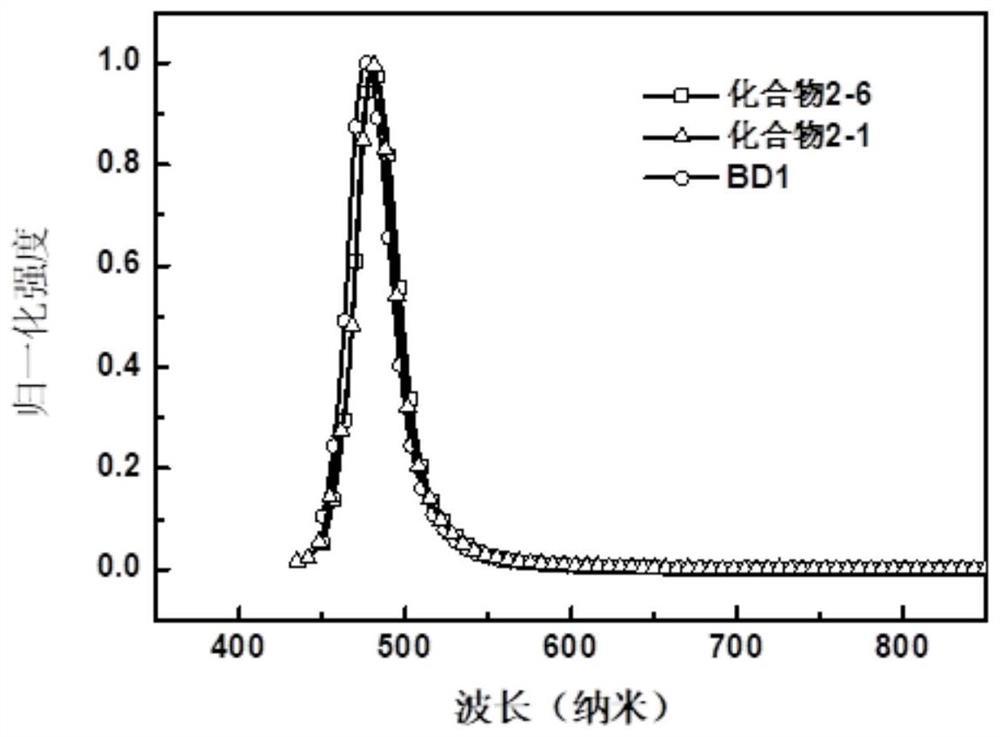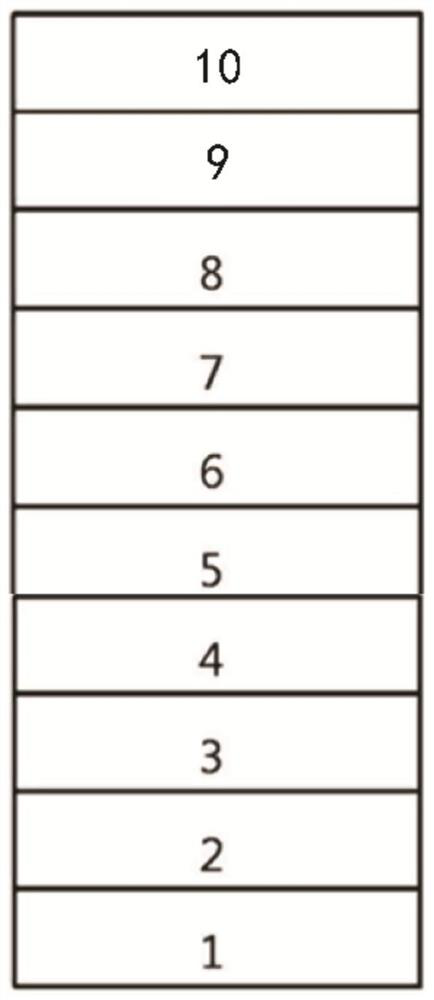Boron-containing organic compound and light-emitting device
An organic compound and compound technology, applied in the field of boron-containing organic compounds and light-emitting devices, can solve the problems of affecting process operability, serious self-quenching effect, large efficiency roll-off, etc. The effect of high device efficiency and thermal stability
- Summary
- Abstract
- Description
- Claims
- Application Information
AI Technical Summary
Problems solved by technology
Method used
Image
Examples
Embodiment Construction
[0018] In order to make the object, technical solution and advantages of the present invention clearer, the present invention will be further described in detail below in conjunction with specific embodiments and with reference to the accompanying drawings.
[0019] The pπ-π* conjugation effect between the empty p orbital of the boron atom and the π* orbital of the π-conjugated system, introducing boron into the π-conjugated system can endow the system with some unique photoelectric properties. The use of boron to construct π-conjugated optoelectronic functional materials is mainly based on the following three characteristics of boron: (1) special orbital interaction: between the p orbital in the outermost layer of boron and the π* orbital of the π-conjugated system Can form pπ-π* conjugation, thereby reducing the lowest unoccupied orbital (LUMO) energy level of the system; (2) Lewis acidity: Due to the existence of empty p orbitals, boron is easily complexed with Lewis bases (...
PUM
| Property | Measurement | Unit |
|---|---|---|
| thickness | aaaaa | aaaaa |
Abstract
Description
Claims
Application Information
 Login to View More
Login to View More - R&D
- Intellectual Property
- Life Sciences
- Materials
- Tech Scout
- Unparalleled Data Quality
- Higher Quality Content
- 60% Fewer Hallucinations
Browse by: Latest US Patents, China's latest patents, Technical Efficacy Thesaurus, Application Domain, Technology Topic, Popular Technical Reports.
© 2025 PatSnap. All rights reserved.Legal|Privacy policy|Modern Slavery Act Transparency Statement|Sitemap|About US| Contact US: help@patsnap.com



